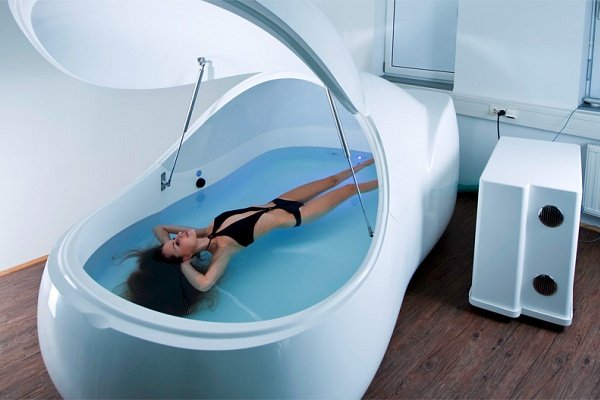08 February 2018, by i-sopod
Developed in the 1950s, the original goal of the floatation tank was to explore and experiment with consciousness. However, the benefits of floating meant that it grew in popularity, mostly in new-age and hippie communities initially, and then in more mainstream settings. As the practice has developed, so did the designs of the tanks and new research has been conducted into the effects of floating.
Now, ground-breaking research on the effects on the brain while floating is being done at Tulsa’s Laureate Institute for Brain Research and we are seeing real, measurable benefits of the practice. Neuropsychologist Dr Feinstein has conducted the first study into the effects of floating on patients with debilitating anxiety, like panic attacks and PTSD.
“It’s almost literally a mattress of water,” Feinstein says. “It’s totally effortless, like being suspended in mid-air. It’s the closest thing on Earth to zero gravity.” With a set up this serene, it makes sense that floating would be calming, simply because of the environment within the tank. However, Dr Feinstein’s research went past the idea of it being simply relaxing.
From the research conducted, Feinstein witnessed that the effects seem to be rapid. By using waterproof sensors on participants’ brains and hearts it was found that blood pressure drops within the first 10-15 minutes of the float. The anxiety reducing effects of the experience seem to also occur rapidly within that time period for multiple patients. Patients also recorded experiencing feelings of peace and serenity into the following days and weeks.
The anxiety reducing effects of using a flotation tank could benefit thousands of people. It’s estimated that 25% of the population is affected by some form of anxiety disorder. Growing social pressures, evolving technology and other modern stresses are likely to see this number grow even further. If you’d like more information on how flotation tanks can help you, email us on info@i-sopod.com






